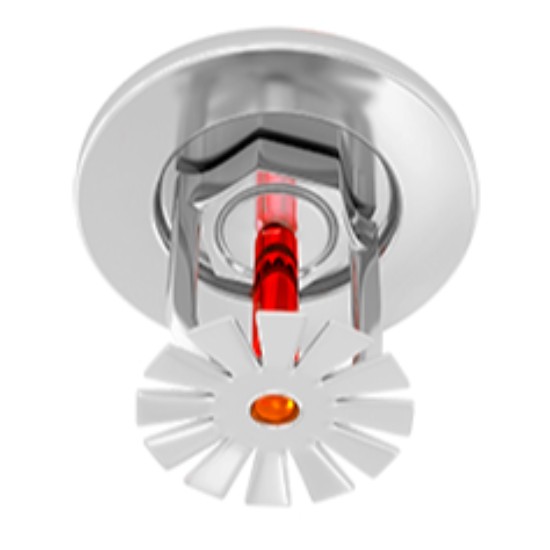
Attics: Determining if sprinklers are required
First, it is important to remember the difference between Code and Standards. Code tells us what needs to be done for fire protection and comes from the IBC, International Fire Code, or State Building Code. Standards pick up at this point outlining how the fire protection needs to be carried out; these are from the National Fire Protection Association.
While codes and standards are created to provide clarity on what is required, there can sometimes be varied interpretations on how a standard is applied. These interpretations can vary geographically or depending on the role of the interpreter in the life safety profession. To avoid this confusion, the NFPA technical committees work to ensure the language of the codes and standards is clear and can be enforced only in the intended manner. However, there are still cases where various interpretations exist and one such area is the idea of providing automatic sprinkler protection in attics.
NFPA 13, Installation of Sprinkler Systems, the standard for the installation of automatic sprinkler systems never specifically addresses whether or not an attic requires sprinkler protection. Section 8.1 states that all spaces should be protected unless there is a specific exemption somewhere in the standard. Since there is no specific “attic sprinkler exemption” in NFPA 13, many people think that all attics require sprinklers.
The real answer is a bit more complicated. Since there is no outright exemption for attics, the NFPA various standards on concealed spaces must be read to determine whether or not each particular attic space is considered a concealed space that does not require sprinklers. Currently, there is even some confusion on whether attics are even considered to be concealed spaces. NFPA 13 does not declare attics to be concealed spaces because not all attics are created the same from a fire development and fire spread perspective. Because of this, the standard is written to take into consideration hazards present in an attic when determining if it is a concealed space and if it requires sprinkler protection.
Adding to the confusion are two different staff interpretations from NFPA staff members in the last five years. The first interpretation stated that attics cannot be considered concealed spaces and so always require sprinklers. The second interpretation attempted to clarify that attics can be concealed spaces, and therefore may not always require sprinklers.
To determine if your attic requires sprinklers, your sprinkler system designer and reviewing authority should consider the following:
* what are the construction materials?
* can the space be occupied?
* are goods stored in the space?
* what is the quantity of combustible material?
* what level of access is provided to the space?
The answers to these questions will allow them to determine whether or not the space qualifies as a concealed space and if it needs sprinklers.
A1 is a leading expert on the latest technology in life safety. To find out more information or to ask a question, click here or call us at 1-800-859-6198.
